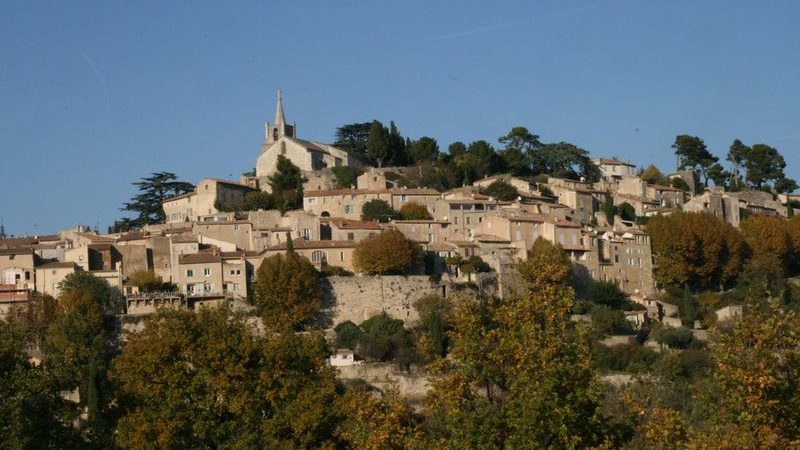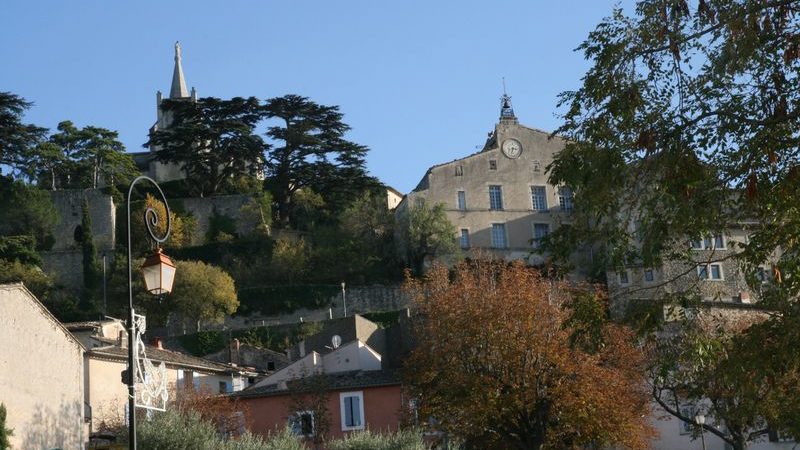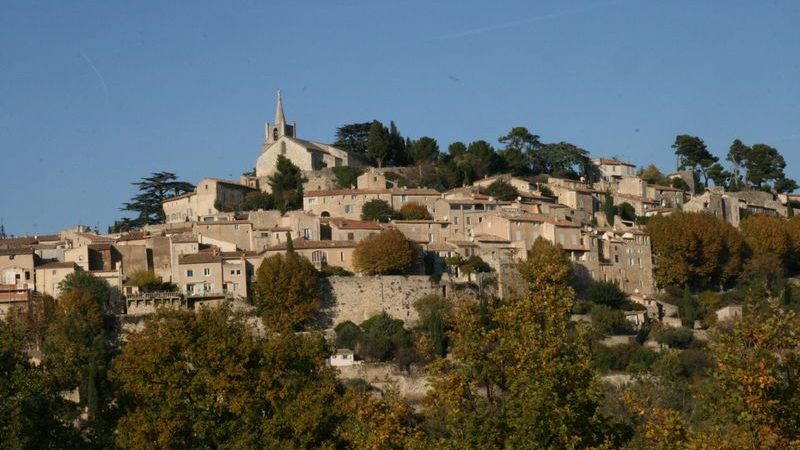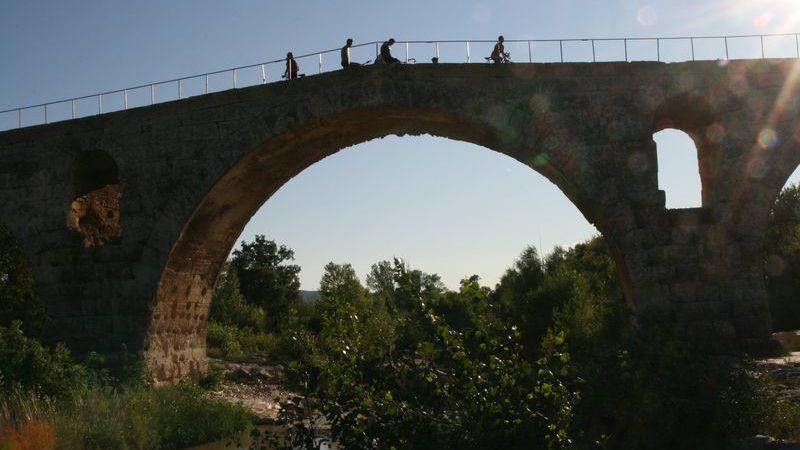Discover Bonnieux from a guest roomBonnieux is one of the finest hilltop villages on the north side of the Luberon, a name which symbolises a whole region, its landscapes and identity. From the doorway of the old church at the top of the village, visitors have a remarkable panoramic view of the farmland plain in the Calavon valley, of the Monts de Vaucluse mountains and Mont Ventoux.
Once a fortified village – or oppidum – inhabited by during the Neolithic era and the Bronze Age, Bonnieux stands over the Lourmarin combe separating the Petit Luberon and the Grand Luberon.
Bonnieux has always been an attraction for the eye and the heart owing to its climate and its sunlight which varies as the mistral wind rises and falls to highlight the countryside’s cragginess or its dreamy harmony.
The historic heritage of Bonnieux
Bonnieux has a wealth of heritage sites and monuments, including:
- its Romanesque church built in the 12th and 13th centuries,
- the "Pont Julien" bridge built under the orders of Julius Caesar and classified as a historic monument,
- the Louise Bourgeois Church within the precincts of the Convent of Ô, which contains that artist’s key works,
- the contemporary La Louve garden featuring Mediterranean plants and minerals,
- the "Enclos des bories" dry-stone built village with water storage basin, apiary and remarkable walls, giving a striking panoramic view of Bonnieux village.
Discover the history of Bonnieux
If you explore Bonnieux on foot, you will get some interesting surprises as your stroll along its steep, narrow streets.
The bakery museum traces the development of techniques in wheat-growing, milling, flour-making and bread-making over the ages.





